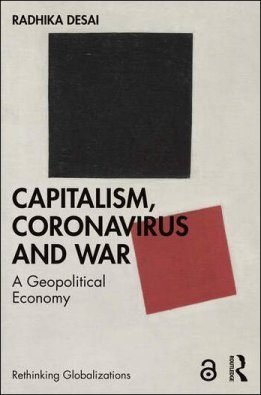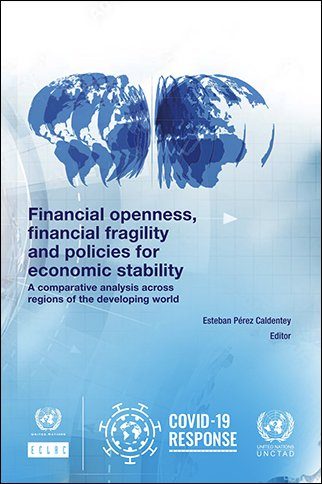Publisher: Third World Network Year: 2023 No. of pages: 42 Download now About the Book…
The East Asian Development Experience Author : Ha-Joon Chang

Published by: Third World Network (TWN)
ISBN: 983-2729-72-6
About the Book
Today East Asia is the richest part of the world outside the old industrial centres of Western Europe and North America. Despite political authoritarianism, human rights violations, corruption, repression of labour unions, gender discrimination and mistreatment of ethnic minorities, the citizens of the East Asian economies have experienced improvements in income and general well-being unparalleled in human history.
In this book, Ha-Joon Chang provides a fresh analysis of this spectacular growth. He considers East Asian economies’ unorthodox methods, and their rejection of ‘best practice’ and so-called Washington Consensus policies. East Asia, he claims, can teach us much about the whole process of economic development. Full of new facts and policy suggestions, this is a lively unconventional introduction to a global phenomenon.
About the Author
HA-JOON CHANG is the Reader in the Political Economy of Development at the Faculty of Economics, University of Cambridge. His main research interests include theories of state intervention; institutional economics; industrial, trade and technology policies; and economic development in historical perspective. He has been a consultant to many UN organizations such as UNCTAD, UNDP, UNIDO and WIDER, as well as the World Bank and Asian Development Bank. His recent books include Kicking Away the Ladder – Development Strategy in Historical Perspective (2003) and Reclaiming Development – An Alternative Economic Policy Manual (2004, with Ilene Grabel). He is the winner of the 2003 Gunnar Myrdal Prize and the 2005 Wassily Leontief Prize.
Contents
Acknowledgements
Introduction
Part I: Overview of the Debate on East Asian Development Experience
Chapter 1: The East Asian Model of Economic Policy
Part II: Interpretation of the East Asian Miracle
Chapter 2: The Political Economy of Industrial Policy in Korea
Chapter 3: Explaining ‘Flexible Rigidities’ in East Asia
Chapter 4: How Important were the ‘Initial Conditions’ for Economic Development? East
Asia vs. Sub-Saharan Africa
Part III: 1997 Asian Financial Crisis and its Implications
Chapter 5: The Hazard of Moral Hazard – Untangling the Asian Cisis
Chapter 6: Interpreting the Korean Crisis – Financial Liberalisation, Industrial Policy and
Corporate Governence
Part IV: Looking into the Future of East Asia
Chapter 7: Industrial Policy and East Asia – The Miracle, the Cisis and the Future
Chapter 8: The Triumph of the Rentiers?
Chapter 9: Evaluating the Post-Crisis Corporate Restructuring in Korea



